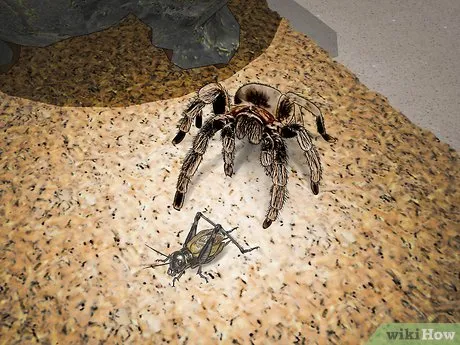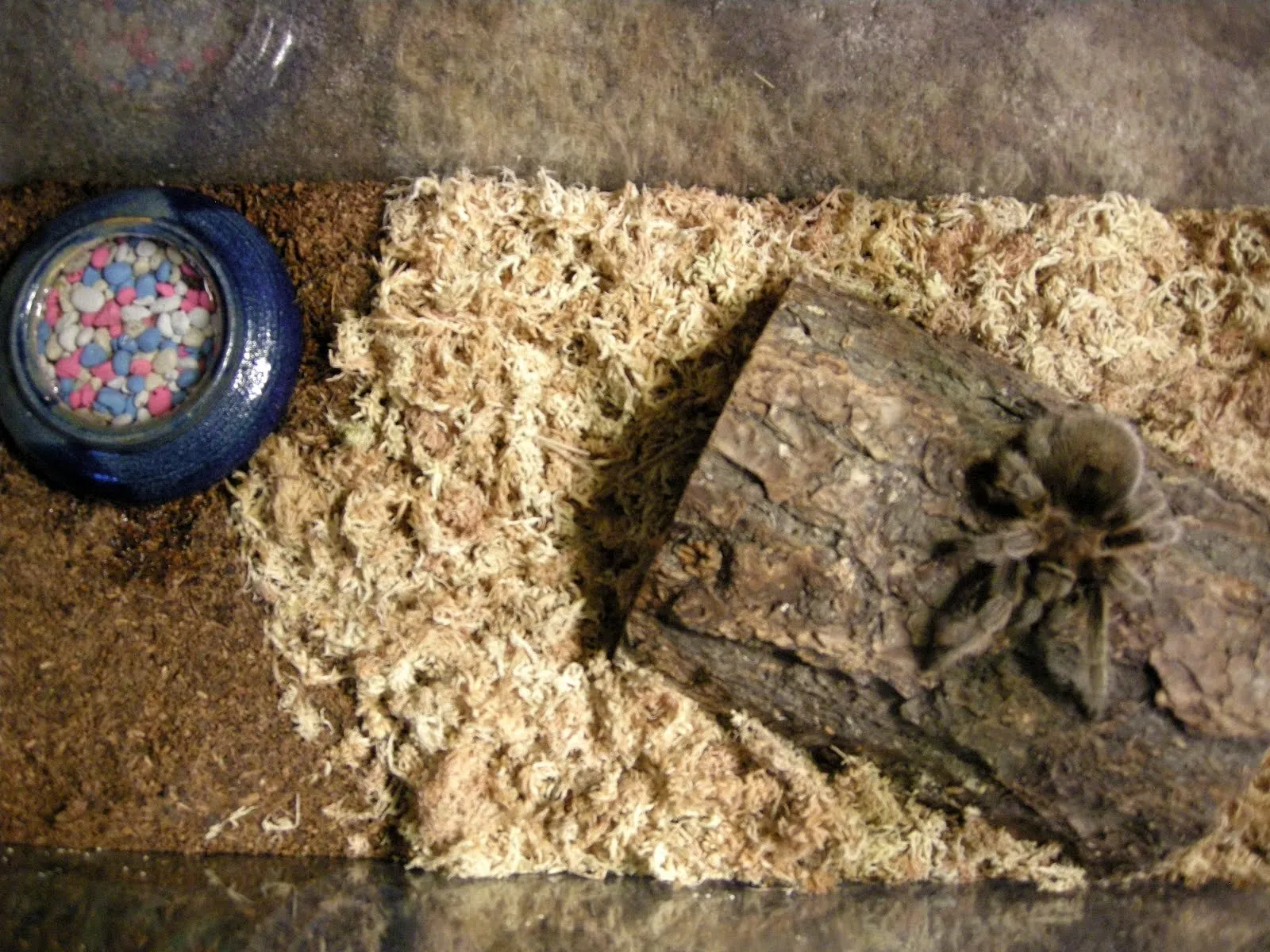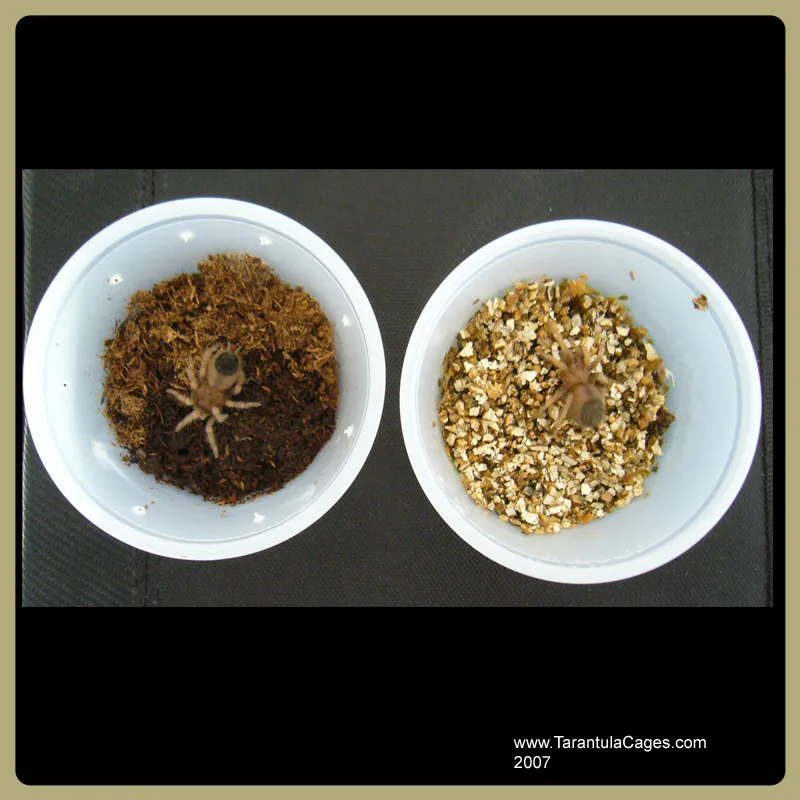Embarking on the journey of tarantula care is an exciting venture, and understanding the fundamentals is key to a successful and rewarding experience. These fascinating creatures, with their diverse species and unique behaviors, make captivating pets. This guide offers a comprehensive overview of tarantula care, designed to help beginners navigate the essential aspects of keeping these eight-legged companions happy and healthy. From choosing your first tarantula to establishing a suitable habitat and understanding their needs, this resource will provide you with the knowledge necessary to start your tarantula-keeping adventure.
Choosing Your First Tarantula
Before acquiring a tarantula, careful consideration should be given to the species you choose. Not all tarantulas are created equal in terms of care requirements and temperament. Some species are more docile and beginner-friendly, while others may be more skittish or have specific environmental needs. Taking the time to research different species is crucial for matching your lifestyle and experience level with the right tarantula. This foundational step ensures that you and your new pet will have a harmonious experience from the outset.
Researching Different Tarantula Species
Dive into the world of tarantula species and explore the vast array of options. Some popular beginner-friendly species include the Chilean Rose Hair tarantula (Grammostola rosea) and the Pinktoe tarantula (Avicularia avicularia). These species are generally known for their docile nature and relatively straightforward care requirements. Other species might require more advanced care, such as specific humidity levels or temperature gradients. Detailed research into each species’ needs will help you choose a tarantula that aligns with your commitment level and ability to provide a suitable environment.
Considering Your Lifestyle

Reflect on your lifestyle and the amount of time you can dedicate to tarantula care. Tarantulas, although relatively low-maintenance compared to some pets, still require consistent care. This includes regular feeding, water changes, and habitat maintenance. Consider whether you can commit to providing these things. Think about your living environment, too. Is your home consistently warm enough to meet the tarantula’s temperature requirements? Are you prepared to handle potential challenges that might arise, like escapees or the need for veterinary care? A realistic assessment of your lifestyle is vital for ensuring your tarantula’s well-being.
Acquiring Your Tarantula
Once you have selected a species, it’s time to acquire your tarantula. The source from which you obtain your tarantula can significantly impact its health and well-being. Therefore, choosing a reputable source is a crucial step. This ensures that you are acquiring a healthy specimen and provides an avenue for ongoing support and advice. Following these guidelines, you can increase the likelihood of a positive experience for both you and your tarantula, setting the stage for a fulfilling pet ownership journey.
Finding a Reputable Breeder or Store
Opting for a reputable breeder or pet store ensures that the tarantula has been properly cared for, which is a key factor in the tarantula’s long-term health. Research local breeders and stores online, and read reviews from other customers. A good breeder should be knowledgeable and willing to answer your questions. They should also be able to provide information on the tarantula’s origin, age, and any special care requirements. The choice of a reliable source minimizes the risk of acquiring a tarantula with health issues or behavioral problems.
Inspecting the Tarantula’s Health

Before bringing your tarantula home, inspect it for signs of health. A healthy tarantula should appear alert and responsive to its environment. Look for a full abdomen, indicating it has been properly fed. Check the tarantula’s legs and fangs for any damage or abnormalities. The body should be free from any visible injuries. Additionally, observe its behavior: a healthy tarantula will typically be active, though some species are more reclusive. If you notice any signs of illness or injury, such as lethargy, loss of appetite, or unusual postures, it’s best to avoid purchasing that tarantula.
Setting Up the Perfect Habitat
Creating a suitable habitat is crucial for a tarantula’s health and happiness. The enclosure should mimic the tarantula’s natural environment, providing the necessary space, substrate, hiding places, and environmental controls. The right setup will not only make your tarantula feel safe and secure but will also provide the ideal conditions for its growth and well-being. Taking the time to thoughtfully prepare the habitat will lay the foundation for a flourishing tarantula-keeping experience.
Choosing the Right Enclosure
The enclosure is the tarantula’s home, so selecting the right one is a primary concern. The size and type of the enclosure depend on the tarantula species and its size. For terrestrial species, opt for a wider enclosure with sufficient floor space, while arboreal species need taller enclosures with more vertical space for climbing. Ensure the enclosure is made of a material that retains humidity, such as glass or acrylic. Ventilation is essential, but be sure the ventilation holes are small enough to prevent the tarantula from escaping. The enclosure should be secure, with a tight-fitting lid to prevent escape.
Selecting Appropriate Substrate

The substrate, which is the material on the bottom of the enclosure, provides a comfortable surface for the tarantula and helps regulate humidity. The substrate type depends on the species. For example, a mixture of coconut fiber, peat moss, and vermiculite is suitable for most terrestrial species, as it holds moisture and allows for burrowing. Arboreal species may benefit from a substrate that is less prone to mold. The substrate should be deep enough to allow the tarantula to burrow, if it’s a burrowing species. Avoid substrates with chemicals or pesticides, and replace the substrate regularly to maintain a clean and healthy environment. See images for substrate examples.
Providing Adequate Hiding Places
Tarantulas are naturally shy creatures, and providing hiding places is essential for their well-being. Hiding places offer a sense of security and allow the tarantula to retreat from view when it feels threatened or during molting. Suitable hiding options include cork bark, artificial plants, or commercially available spider hides. The hide should be appropriately sized for the tarantula and provide a snug fit. The provision of multiple hiding places can further enrich the environment, allowing the tarantula to choose its preferred retreat. Ensuring your tarantula has access to a safe and secure hiding spot is a critical component of habitat design.
Maintaining Temperature and Humidity
Temperature and humidity levels are crucial for the tarantula’s health. Different species have different requirements, so research the specific needs of your tarantula. Most tarantulas thrive in temperatures between 70-85°F (21-29°C). Use a thermometer to monitor the temperature within the enclosure. Humidity levels vary depending on the species; some require high humidity, while others prefer drier conditions. Use a hygrometer to measure humidity. You can increase humidity by misting the enclosure with water or by providing a water dish. Proper temperature and humidity management is critical for preventing health problems, such as molting issues or fungal infections.
Feeding and Watering Your Tarantula

Proper feeding and watering practices are essential for the tarantula’s health. Understanding the tarantula’s diet and establishing a consistent feeding schedule are vital. Providing fresh water at all times is equally important. With the correct approach, you can provide the nutrition and hydration necessary for your tarantula to thrive. These practices contribute to a healthy and vibrant pet, enabling a positive experience for both the tarantula and its caretaker.
Understanding Tarantula Diet
Tarantulas are primarily insectivores, meaning their diet mainly consists of insects. Appropriate food choices include crickets, mealworms, roaches, and other commercially available feeder insects. The size of the food should be appropriate for the tarantula’s size. The general rule is to feed insects that are no larger than the tarantula’s abdomen. You can vary the diet to provide a range of nutrients. Always ensure the insects are gut-loaded with nutritious food before feeding them to your tarantula, to enhance the nutritional value. Avoid feeding insects collected from outdoors, as they could be contaminated with pesticides.
Establishing a Feeding Schedule
The feeding frequency depends on the tarantula’s age and species. Young tarantulas may require feeding two to three times a week, while adult tarantulas can be fed once a week or even less frequently. Observe your tarantula’s feeding habits. If it consistently refuses food, it may be preparing to molt or could be stressed. Remove uneaten insects within 24 hours to prevent them from disturbing the tarantula or causing injury. Adjust the feeding schedule as needed, and be mindful of the tarantula’s health and well-being. During molting, it is essential to avoid feeding your tarantula.
Providing Fresh Water

Always provide fresh water in a shallow dish. The water dish should be sized appropriately for the tarantula and positioned securely to prevent spills. Use a sponge or small pebbles in the water dish to prevent smaller tarantulas from drowning. Regularly check the water dish and refill it with fresh, clean water. Water is vital for the tarantula’s hydration and overall health. Ensuring an accessible and reliable source of water will contribute to the tarantula’s well-being and promote a thriving environment.
Handling and Safety Precautions
While tarantulas are generally not aggressive, it’s important to exercise caution when handling them. Knowing when and how to handle your tarantula safely is crucial for both your and the spider’s well-being. It is recommended that you limit handling to situations when it is essential, and you follow safety measures, such as soft surfaces or floor level.
Knowing When to Handle
Many tarantula keepers opt to avoid handling their pets entirely. Tarantulas can be skittish and unpredictable, and handling them can cause stress. There may also be a risk of the tarantula biting or dropping. If you must handle your tarantula, it should only be done when necessary, for instance, when moving the spider to a new enclosure or for health checks. Never handle a tarantula immediately after feeding, or when it is about to molt. Also, keep your tarantula away from curious pets or children.
Safe Handling Techniques

If you choose to handle your tarantula, practice safe handling techniques. Always handle your tarantula over a soft surface, such as a bed or a carpet, to minimize the risk of injury if it falls. Gently coax the tarantula onto your hand or a soft, wide object, such as a paintbrush. Avoid sudden movements, and do not squeeze or grab the tarantula. Keep your hands clean and free of scents, as tarantulas have sensitive sensory abilities. Always supervise children and teach them the importance of respecting the tarantula’s space and boundaries.
Common Mistakes to Avoid
Avoiding common mistakes can significantly impact the success of your tarantula-keeping experience. Many issues stem from a lack of understanding of the tarantula’s specific needs or the creation of a less-than-ideal environment. Awareness of these pitfalls and taking measures to avoid them will improve the health of your tarantula, and contribute to a rewarding experience.
Overfeeding
Overfeeding can lead to several problems, including obesity, which can shorten a tarantula’s lifespan. Additionally, uneaten food can lead to mold growth and, ultimately, create an unhealthy environment. Feed your tarantula a diet appropriate for its size and age. Remove any uneaten food within 24 hours of feeding, to prevent issues. Adjust the feeding schedule as needed, taking into consideration your tarantula’s eating habits and overall health.
Improper Humidity
Maintaining appropriate humidity is critical for a tarantula’s well-being. Both excessively high and low humidity can be harmful. High humidity can promote mold growth and lead to respiratory issues. Low humidity can cause problems with molting. Research the specific humidity needs of your tarantula’s species and use a hygrometer to monitor humidity levels. Mist the enclosure with water to increase humidity. Improve ventilation to decrease humidity, if necessary. Regular monitoring and adjustments will ensure that you provide an ideal environment for your tarantula.
Lack of Hiding Places
A lack of hiding places can cause stress and make your tarantula feel insecure. Tarantulas are prey animals in the wild and need a safe space to retreat. Provide an appropriate hide, such as cork bark or a commercially available spider hide. Make sure the hide is appropriately sized for the tarantula. The hide helps reduce stress and creates a sense of security, which will ultimately improve the overall well-being of your pet. Adequate hiding spots are essential in the enclosure, and should not be overlooked.
Caring for a tarantula can be a gratifying experience, offering a unique opportunity to observe these fascinating creatures. By understanding the basics of tarantula care, including species selection, habitat setup, feeding, and safety precautions, you will be well-equipped to provide a thriving home for your eight-legged companion. Remember, patience and observation are key. By investing time and effort into your tarantula’s needs, you’ll cultivate a lasting bond and a rewarding hobby.
